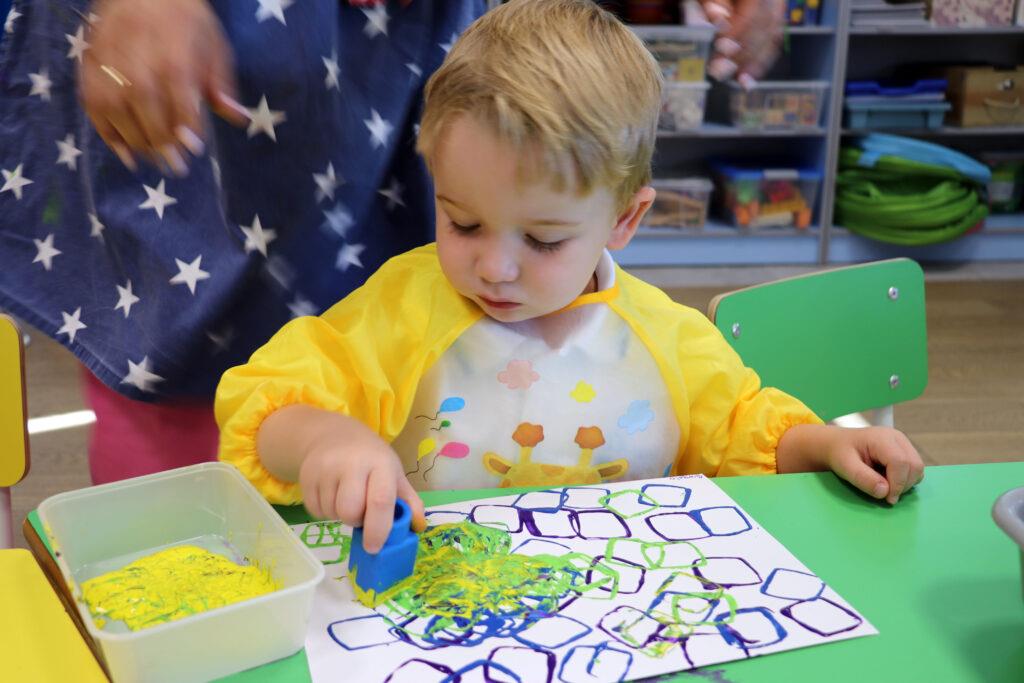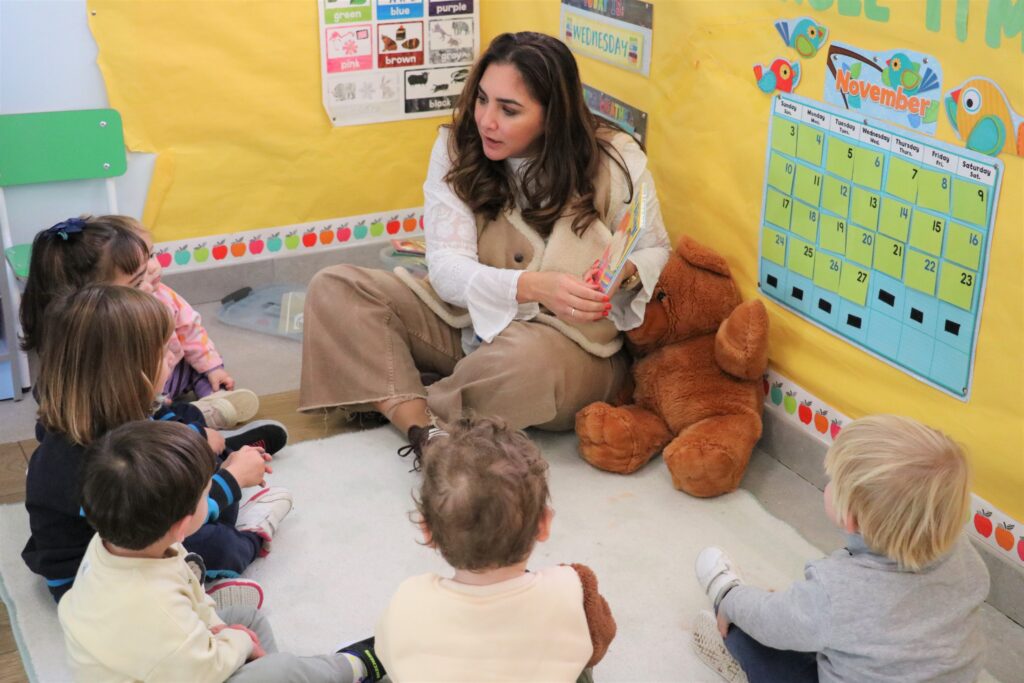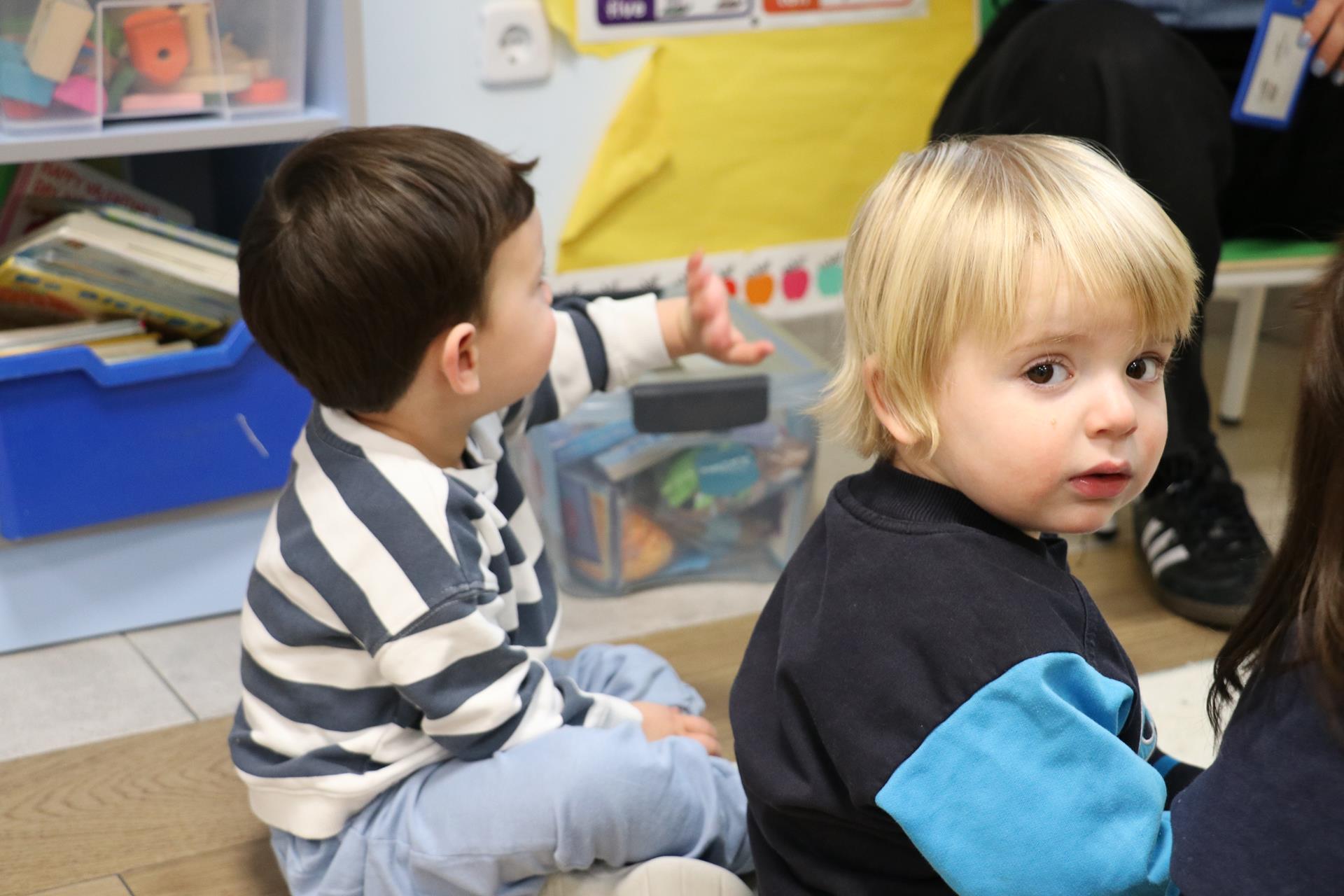How would it feel to communicate with your baby before the baby could speak? This is possible thanks to baby sign language, a set of gestures and hand movements used by parents and their babies to refer to a series of words.
In fact, in 2011, the American Academy of Pediatrics (AAP) announced that baby sign language allows parents and their babies to communicate much more effectively.
When should you start using baby sign language?
A 7- or 9-month-old baby is capable of understanding many words and mentally repeating them. However, they still lack the strength or dexterity in their mouth, tongue, and vocal cords to vocalize them.
On average, children begin to pronounce their first words at 18 months. However, around 8 or 9 months, they already have some dexterity in their hands and arms, allowing them to communicate more efficiently through symbols.

Although there is little scientific evidence on whether baby sign language drastically boosts their IQ, what is true is that it can promote secure attachment in the child. One of the most important characteristics for developing this type of attachment is responding to their demands and needs. To achieve this, it is essential to understand what they are asking for.
The ideal time to start implementing baby sign language is by gradually introducing some signs from around six months. In this way, the baby will begin to understand that there is a relationship between a sound, an object or situation, and a particular hand movement.
By 9 months, most babies are ready to use signs. At the same time, many of them will continue using sign language until around 18 months, when they begin to verbalize their first words. This stage (from 6 months onward) coincides with the start of complementary feeding.

Guide to teaching your baby sign language
1. When you say the word, make the corresponding sign at the same time so that they understand the connection between the two.
2. Immediately after, give them the stimulus you’ve mentioned: more food, the breast, the bottle, etc.
3. When you make the sign, do it with a positive tone, smiling. Especially the first few times.
4. Pay attention when your baby begins to imitate the gesture. At first, it will be an uncoordinated movement. However, if you think they are trying to imitate the sign, repeat it and say the word. Then, offer them what they asked for.
5. Help them perform a gesture, such as moving their hands. First, say the word and accompany it with the sign; then, while repeating the word, help the baby make the gesture. Finally, repeat the word and the sign again.
In this process, repetition and consistency are key. It is also very beneficial for as many people as possible to communicate with the baby using sign language during this stage. Therefore, involve all the family members you can.
The first signs to implement
It is recommended that the first words you both learn in baby sign language be related to the baby’s feeding or needs. This will help both of you a lot. However, experts recommend starting with a maximum of 4 or 5 signs, and you should not introduce new ones until your baby has familiarized them. Some recent examples include:
Breast
Baby´s bottle
I am tired
Cookie and bread
I want more
I don´t want more
Learn more about our teaching methodology aimed at young children
At Casvi International American School, we advocate for the great benefits that attending school before the age of 6 has for young children. Our expert preschool professionals, but especially those in Nursery, help children in their transition from being babies to becoming more independent individuals.
Additionally, continuous contact with other children of the same age, and with similar concerns, helps them develop values such as respecting, sharing, empathizing, communicating, and listening. In other words, from a very early age, they are taught to become good global citizens.
If you want to know more about our teaching methodology in Nursery, Pre-School and Kindergarden, get in touch with our Admissions Team.


